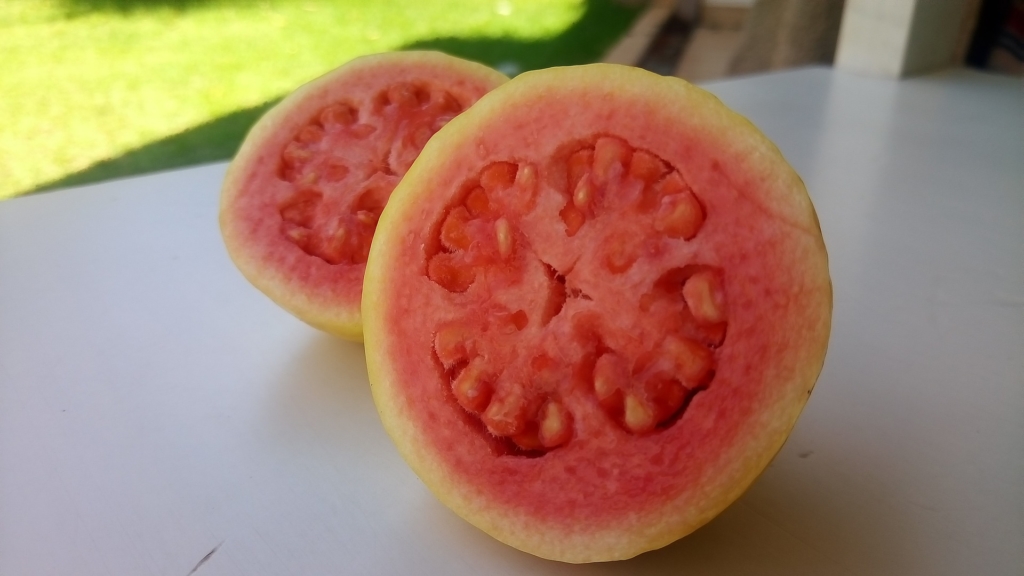Whether eaten raw or cooked into jam and spread on toast, guava is a sweet and delicious treat. Guavas are small, oblong fruits with a faintly lemony aroma. Depending on the variety, guavas can have pink, white, or red flesh with green, yellow, or red exteriors.
History

Guava, or psidium guajava, is a complex fruit with a sweet and sometimes sour flavor that originated in the tropics. The earliest traces of guava trees and fruits were discovered in Peru, dating back to about 2500 BC. The expansion of trade routes in the 16th and 17th centuries helped guava to spread to Europe, Asia, Africa, Oceania, and North America. Today, guavas are grown in tropical and subtropical climates where the plant thrives in hot and humid weather. Today, India is the leading producer of guava with an annual production of nearly 22 million tons followed by China and Thailand.
Uses

Guava is considered a delicacy in various parts of the globe with many different uses. In Southeast Asia, guava is used in various desserts, snacks, spice blends, fruit bars, and various other dishes. In Peru and Brazil guava is used extensively in candies, jams, and flavored jellies. Guavas have high levels of pectin, which make them ideal fruits for making jams and jellies. Enjoying fresh, raw guava, however, is perhaps the best way to truly appreciate this fruit’s complex flavor and aroma. Look for guavas alongside other tropical fruits in the grocery store, at select farmers markets, and online.



